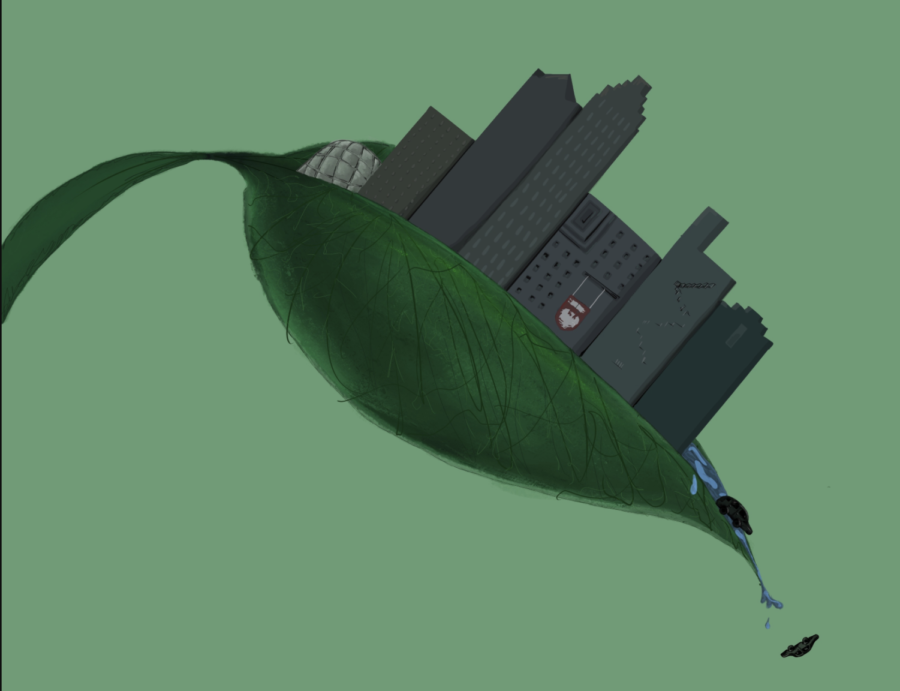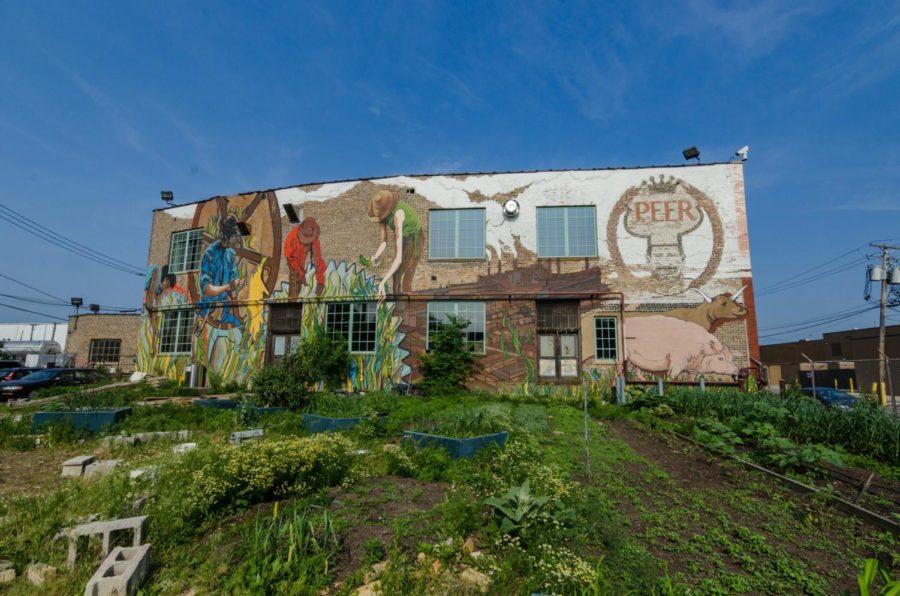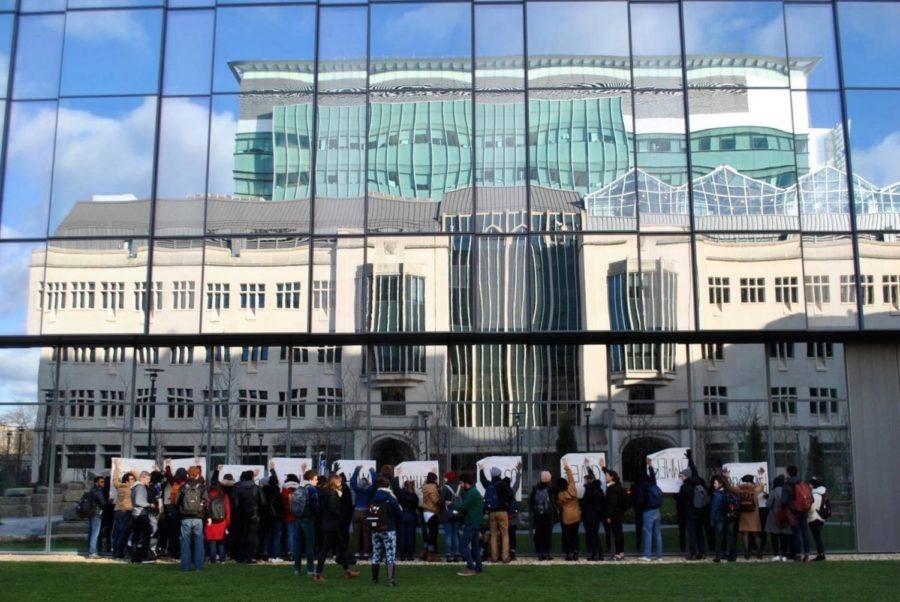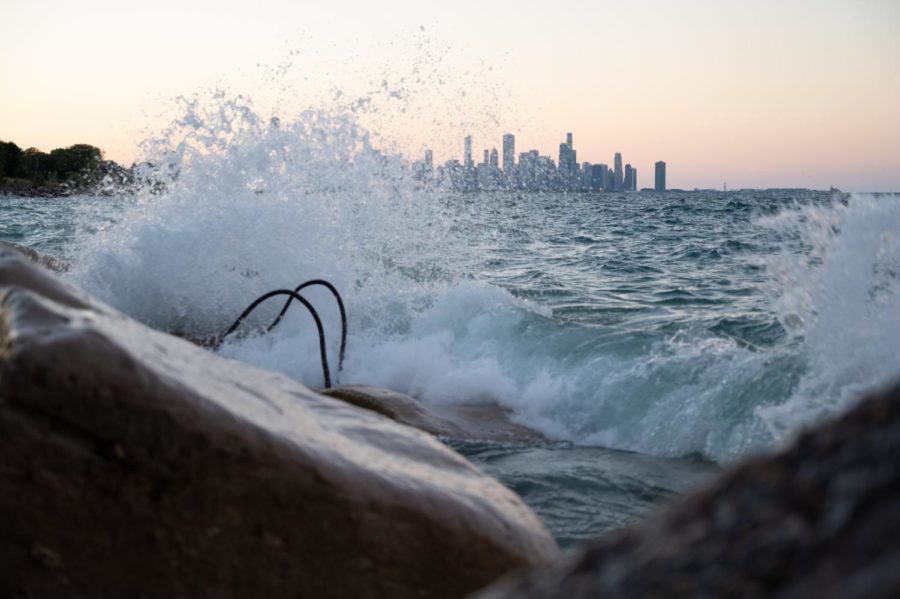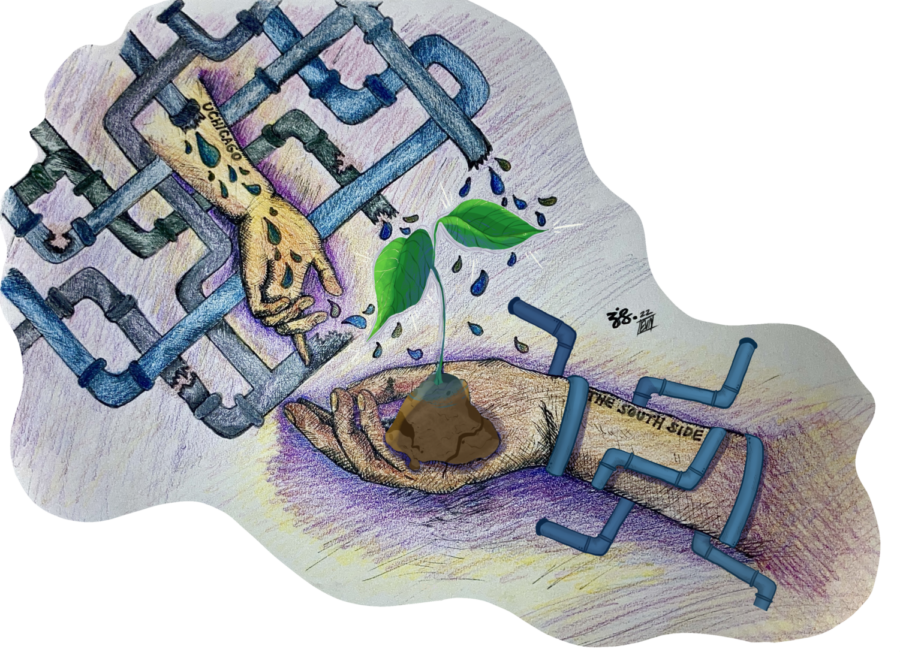Like the pandemic, environmental issues in the Midwest are often defined by uncertainty. The fact is, it is hard to know what Hyde Park and Chicago will look like over the coming decades as we face unprecedented climate change in an ever-shifting political and economic context. As Joel Brammeier, president of the Alliance for the Great Lakes, told The New York Times in its article from July 2021 about weathering climate change in areas along the Great Lakes, “A city by the sea might ‘build for the future.’ Here, we don’t even know what that looks like.”
But Chicago has a storied history as a site of environmental beauty, destruction, discrimination, and progress. It is, after all, a city perched on the shore of a Great Lake — a city that once reversed its river to keep up with the demands of a growing population. The region is home to dune and swale ecosystems found nowhere else on the planet but continually threatened by industry and industrial pollution. And Chicago’s world-famous skyline is a product of industry that has exploited both natural resources and working-class minority communities in Illinois and Indiana. Through organizations like People for Community Recovery (PCR) and the Southeast Environmental Task Force, South Side activists have worked for decades to wage an unending battle against the consequences of Chicago’s rapid growth and institutionalized racism, including pollution from developments, discriminatory zoning, and dangerous drinking water. As a result, the city was a cradle of the American environmental justice movement thanks to the pioneering Hazel Johnson, a South Side activist who is widely considered the “mother of environmental justice” and who founded PCR in 1979.
Our university is a tiny part of a big city, but it also has a history of gentrification, shoddy scholarship denying environmental injustice, and a mixed record on sustainability. Prior administrations have used the University’s Kalven Report to dodge questions about fossil fuel divestment and decline to make institutional commitments to environmental responsibility. Simultaneously, today’s UChicago is home to world-class experts on environmental science, policy, history, and philosophy, many of whom work tirelessly to make interdisciplinary learning and research in environmental and urban studies accessible across and beyond the University. It is a site of student organizing for a sustainable future: In the past four years, student environmentalists have established a Green Fund for campus sustainability projects, continued to push for divestment, contributed to the University’s plans for water conservation and energy use reduction, and successfully bid for greater administrative engagement with students on topics of sustainability.
It is with UChicago’s complex relationship to environmental issues on and off campus in mind that we present The Maroon’s first special issue in institutional memory on the environment. Here, you’ll find coverage from each of The Maroon’s editorial sections on sustainability and the environment on and off campus. In Viewpoints, student environmentalist groups write about their struggle working with the University on composting and what the Obama Presidential Center means for local environmental justice. In News, we interview UChicago faculty about Chicago’s climate future, spotlight student organizations focused on conservation, and investigate food accessibility on the South Side. The Arts section features a review of Don’t Look Up, a profile of UChicago’s new urban studies magazine Expositions, and coverage of a local sustainable food hub. In Sports, learn about the rise of cycling and the impact of environmental change on professional sports. Finally, Grey City, The Maroon’s longform section, features deep dives into fossil fuel divestment in higher education and Hyde Park’s movement to preserve the limestone at Promontory Point.
This week’s issue is dedicated to everyone who works to bring forth sustainable and just infrastructure on campus, in Hyde Park, and in Chicago. Importantly, it is only the first chapter. Moving forward, readers can expect to see new attention to developments in environmental research, advocacy, and policy from The Maroon. In the coming weeks and months, we have exciting coverage planned of the University’s forthcoming greenhouse gas plan, how student artists process climate change, new programs of study in environmental fields, the history of Chicago environmental justice movements, and more.
On a personal note, this special issue of The Maroon is my last major project as editor-in-chief of the paper. It has been an exciting, intense year of leadership, and I am so proud of all The Maroon has accomplished, from breaking news to investigating big stories to elevating voices that are too often spoken over. As I finish my last year at the University and write a thesis on environmental justice litigation in Chicago and beyond, I hope this issue can start important conversations about the role institutions like UChicago can—and must—play in addressing the biggest challenges of our generation.
Happy reading!



